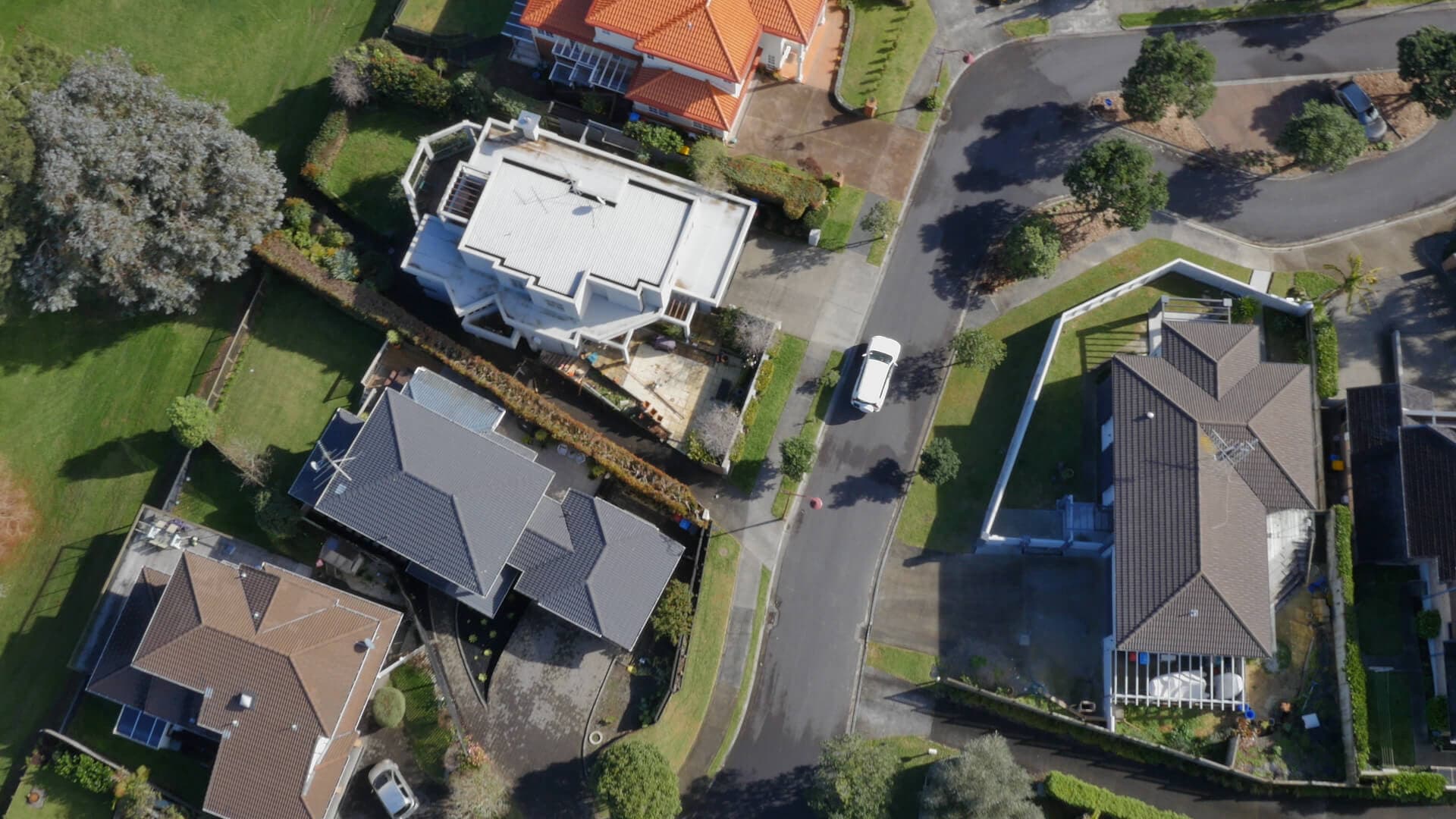
Investing in Strong Networks
Industry efforts have helped make wireless networks more prepared to withstand disasters and restore connectivity.
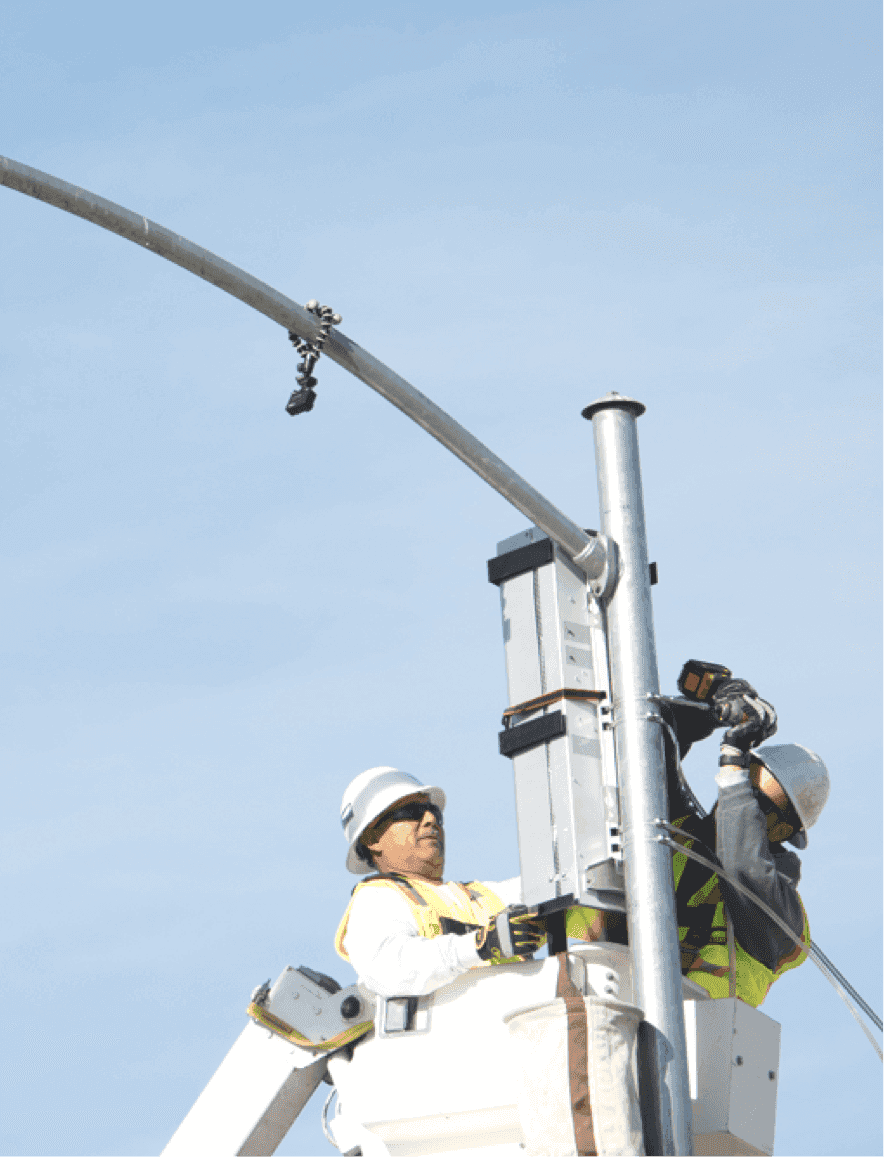
Investing in stronger networks
Wireless providers have invested significant resources to strengthen and harden networks and improve network resiliency and planning.
Investing in stronger networks
We've partnered together—and with government and public safety officials—to help maintain wireless connectivity during disasters.
Did you know?
CTIA and its wireless carrier members developed best practices to help governments maintain wireless service during natural disasters.
Investing in stronger networks
CTIA's voluntary Wireless Network Resiliency Framework
Did you know?
Our voluntary Wireless Network Resiliency Framework provides a blueprint for how wireless providers can ensure continuity of service and best coordinate with local officials.
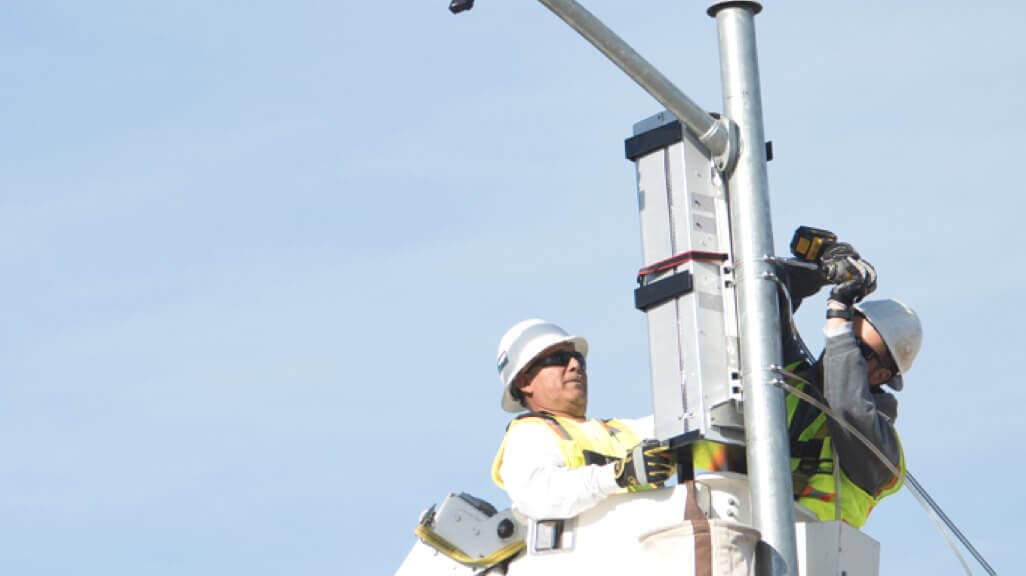
Investing in stronger networks
Wireless providers have invested significant resources to strengthen and harden networks and improve network resiliency and planning.
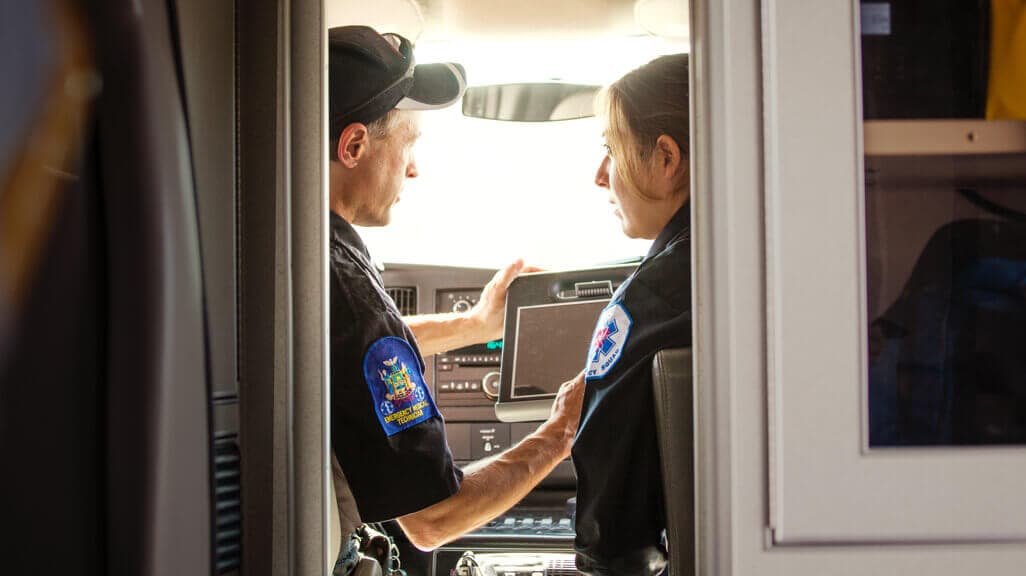
Investing in stronger networks
We've partnered together—and with government and public safety officials—to help maintain wireless connectivity during disasters.
Did you know?
CTIA and its wireless carrier members developed best practices to help governments maintain wireless service during natural disasters.
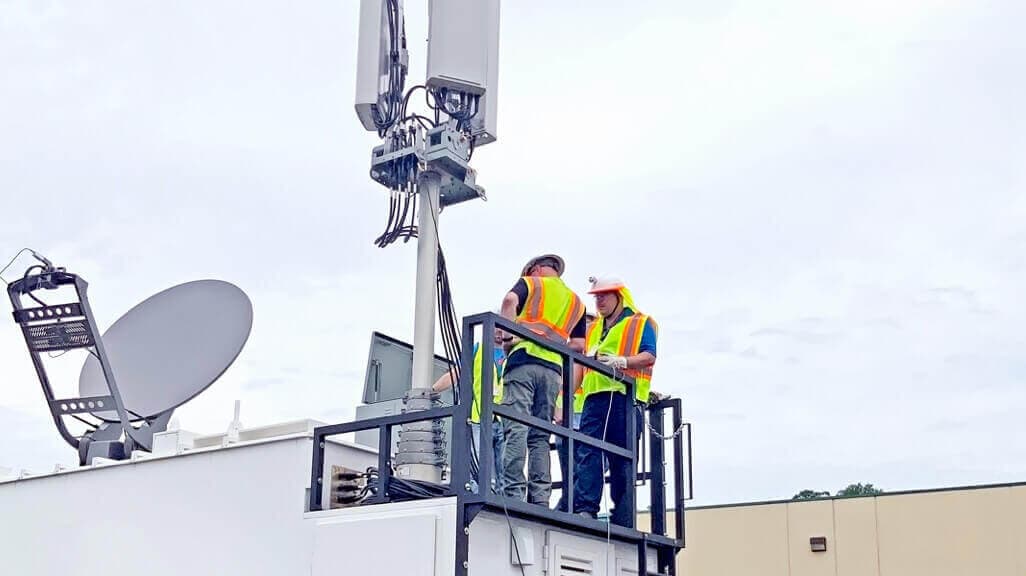
Investing in stronger networks
CTIA's voluntary Wireless Network Resiliency Framework
Did you know?
Our voluntary Wireless Network Resiliency Framework provides a blueprint for how wireless providers can ensure continuity of service and best coordinate with local officials.

Preparing for Disasters
As forecasted weather disasters approach, the wireless industry monitors and prepares extensively to ready critical equipment in the region.
Command Trailers
These large mobile headquarters provide disaster recovery crews with a central on-site location and enable communications to network teams and other stakeholders.
COWs, COLTs and More
Cell on Wheels (COWs) and Cell on Light Trucks (COLTs) are portable network facilities capable of providing extra coverage and boosting capacity. Cell Repeaters on Wheels (CROWs) are used to boost weak signals. Remote Mobility Sites are small, portable cell sites in a ‘suitcase’ that provide voice and data in remote locations.
Portable Generators
When a disaster takes out commercial power, portable generators can bring cell sites back online. Tanker trucks may be used to refuel generators and other recovery equipment in the field to prevent disruption in service.
Microwave Technologies
Carriers use this technology to bridge network gaps from damaged fiber lines.
Drones
Unmanned aerial vehicles can safely survey disaster areas and provide recovery teams with information on equipment status or updates on rescues. Flying COWs can provide wireless connectivity from the sky and extend coverage.
ECVs
Emergency Communications Vehicles provide satellite-based VoIP, Ethernet and Wi-Fi service.
HAZMAT Response
To protect the health and safety of recovery teams, hazardous material supplies include suits, meters and assisted-breathing devices.
Mechanic, Supply and First Aid-Trucks and Trailers
Units stay on the ground as long as necessary until service is restored after a disaster. Some vehicles house portable tents, showers, food and other necessities. Others are home base for specialists in woodworking, metal work and welding who are deployed to make equipment repairs in the field.
 Play the Video
Play the Video
By strategically prepositioning equipment, wireless service providers are able to maintain networks during emergencies—and quickly deploy resources to restore connectivity afterwards.

Post-Disaster Recovery
Providers offer a range of services and assistance so consumers can continue to stay connected when it matters most.

Shipment of Supplies
Companies will ship new wireless devices and portable batteries for those who may have lost their cellphones or power during the emergency.
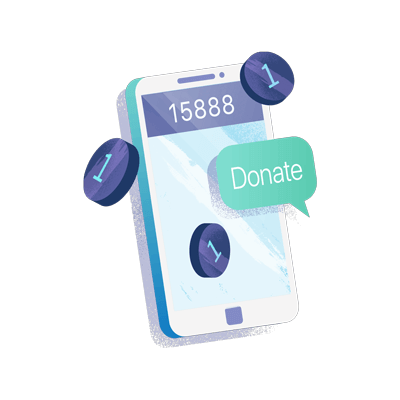
Text-to-Give Campaigns
The wireless industry has contributed millions of dollars to charitable relief efforts and facilitated Text-to-Give campaigns through short codes.
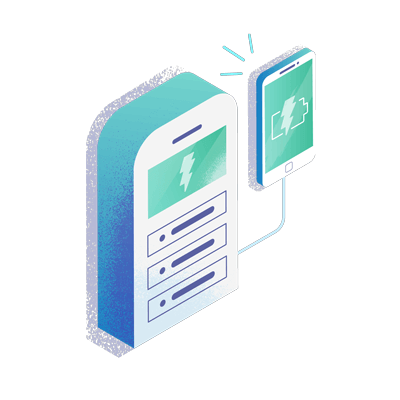
Mobile Stations
Carriers deploy mobile stations for customers who need to charge their devices or get other assistance.
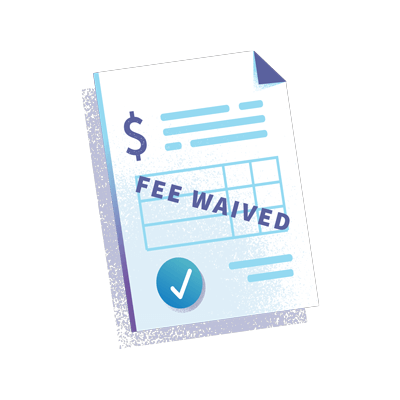
Waive Fees
Carriers often waive fees and other charges and often offer unlimited texts and data.
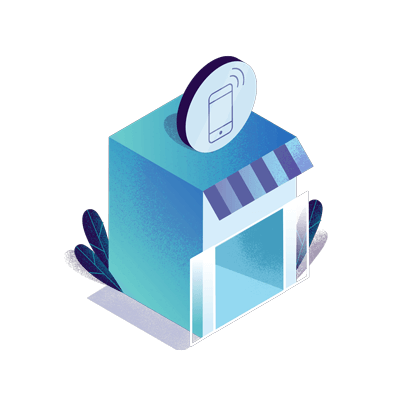
Retail Stores
Retail stores open their doors to all consumers to assist and provide charging stations, water and other relief.

Post-Disaster Recovery
Providers offer a range of services and assistance so consumers can continue to stay connected when it matters most.

Shipment of Supplies
Companies will ship new wireless devices and portable batteries for those who may have lost their cellphones or power during the emergency.

Text-to-Give Campaigns
The wireless industry has contributed millions of dollars to charitable relief efforts and facilitated Text-to-Give campaigns through short codes.

Mobile Stations
Carriers deploy mobile stations for customers who need to charge their devices or get other assistance.

Waive Fees
Carriers often waive fees and other charges and often offer unlimited texts and data.

Retail Stores
Retail stores open their doors to all consumers to assist and provide charging stations, water and other relief.

A Critical Lifeline
Wireless keeps you connected when it matters most.
Testimonial Videos not viewable without JavaScript enabled.

Preparing Yourself and Your Family
We don't always know when a disaster will strike, but here are a few easy steps to make sure you and your mobile device are prepared in case of an emergency.
If a storm is on the way, keep your cellphone charged as long as possible, and carry a spare cellphone battery. Preserve your battery in an emergency by adjusting your settings and closing unnecessary apps.
Ensure your device receives Wireless Emergency Alerts (WEA). WEAs are sent to cellphones by an authorized local, state or federal public safety official to alert individuals to an emergency in their immediate vicinity.
The National Hurricane Center’s mobile website can help you track inclement weather, while the American Red Cross Hurricane app is available for free download on both iOS and Android. Download this and other emergency apps, like one from FEMA, to help keep you updated if a disaster unfolds.
Where possible, choose less data-intensive ways of contacting loved ones. Consider texting, emailing or using social media to check in with family or loved ones to ensure networks can handle critical phone calls and other traffic.
When calling 9-1-1, have detailed location information ready. Be prepared to relay a street address if possible, and stay on the line until the 9-1-1 call center operator tells you it’s safe to end the call. Do not hang up and call back – it can clog the system.
Research and store contacts for local, non-emergency services like utility companies and roadside assistance. This way, in non-critical situations, 9-1-1 operators remain available to others.

